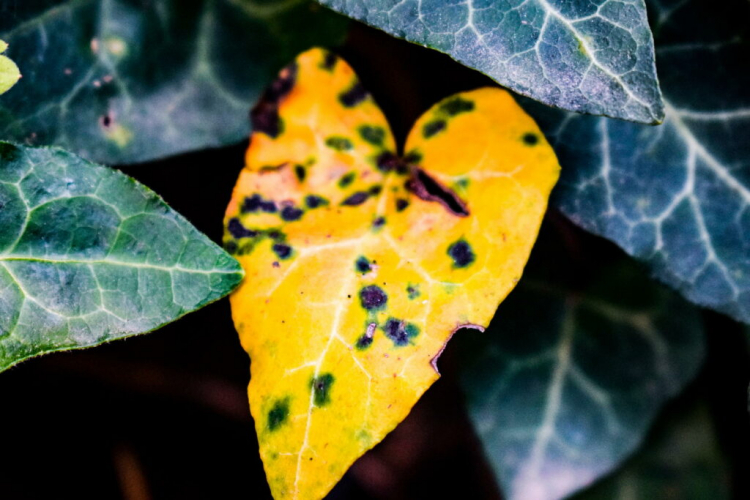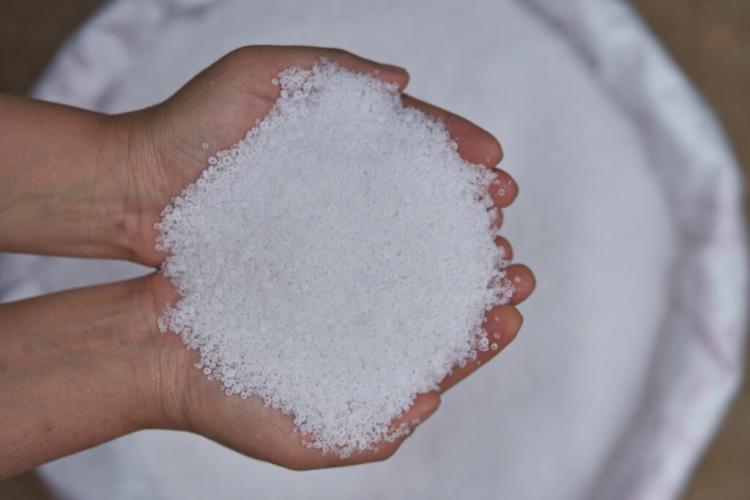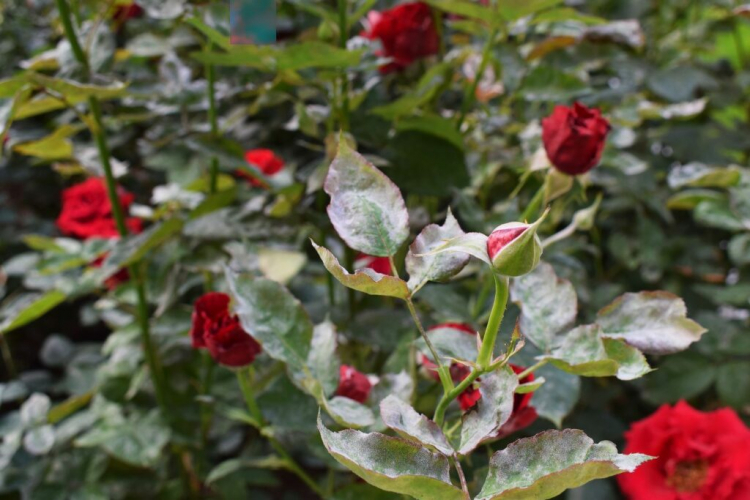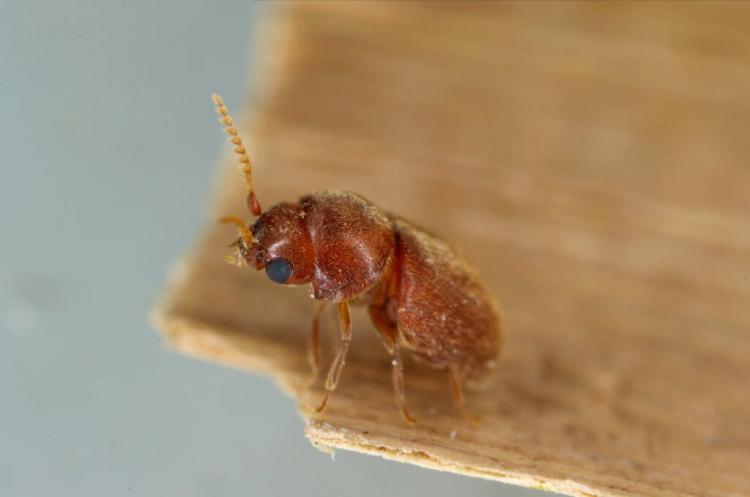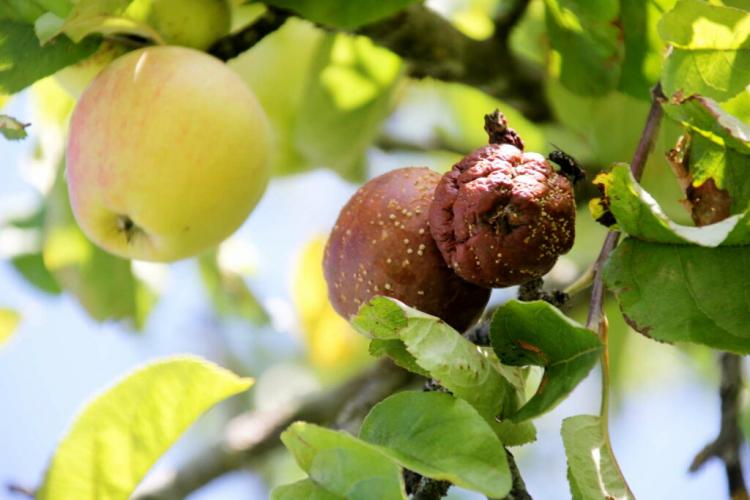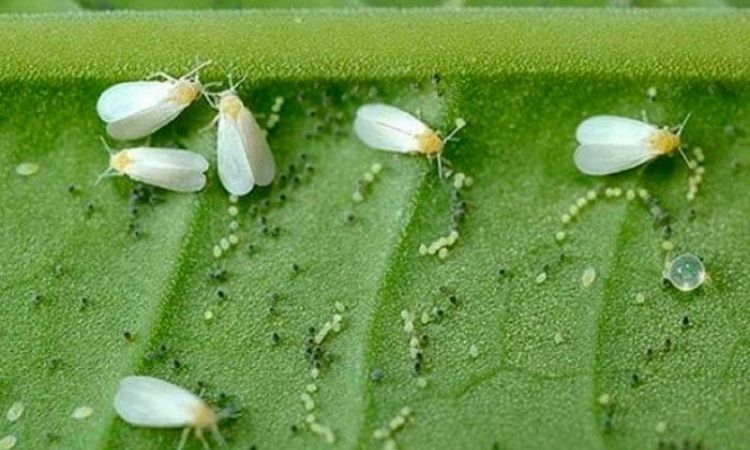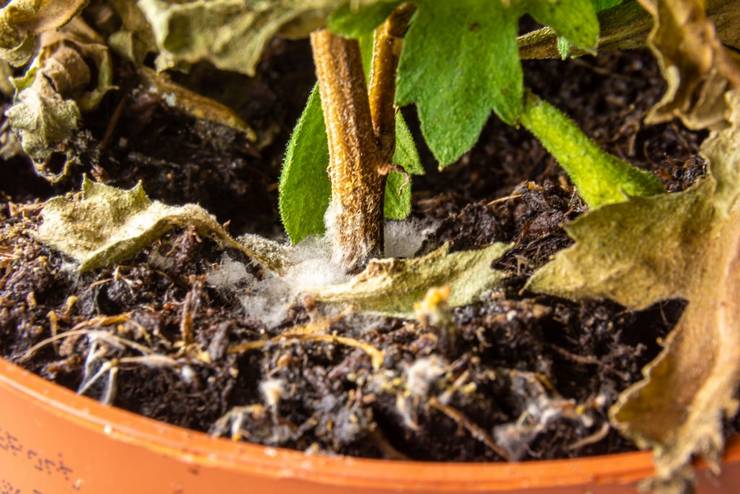Yellow Leaves On Ivy: Causes And Treatment Options
Yellow discoloration of ivy leaves often indicates improper care. Here’s how to avoid and treat yellow leaves on ivy. If the leaves of the ivy ( Hedera helix ) were just green, they suddenly turn yellow. And worse, they even fall off. All alarm bells go off immediately for plant lovers because in such a case quick action is required. But first of all, it is important to find out the cause. Even the most resilient plant will eventually reach its tolerance limit. With ivy, this is the case when the leaves turn yellow. Fortunately, however, the cause is usually quickly identified and often easy to combat.
Yellow leaves on ivy: causes
Table of Contents
It is quite normal for leaves to turn yellow and die again and again. The ivy regularly exchanges its three to four-year-old leaves for young, fresh specimens in late spring. As a result, the old leaves turn yellow, then brown, and finally they fall off. However, if there is a large number of falling leaves, you should investigate more closely what the problem is.
- Shading: Since climbing, ivy keeps developing new shoots, sooner or later the young shoots shade the old ones. Since the leaves of these shoots then no longer receive enough light, they are thrown off the plant.
- Waterlogging: What the ivy cannot tolerate at all is waterlogging. This can be a problem, especially in loamy soils or with excessive watering.
- Drought: Not only waterlogging damages the plant, but drought can also lead to yellow leaves. Older plants in particular develop large roots around them. However, if too much of the adjacent area is sealed, this can become a problem, as the rainwater cannot penetrate the soil and the roots remain dry. Extremely dry summers or sandy soils exacerbate this problem.
- Pests: Ivy is not very susceptible to pests, but indoor ivy in particular is affected by them from time to time. The spider mites ( Tetranychidae ) are widespread here. You can recognize an infestation with the tiny animals on the webs on the plant. Small light or silvery dots on the leaves also indicate spider mites. Such an infestation is usually caused by insufficient humidity.
Avoid and treat yellow leaves on the ivy
If the ivy gets yellow leaves, you should urgently do something to prevent the worse from happening. The first thing to do, of course, is to find out the cause to combat it. Even if the death of deeper-lying shoots and the leaves attached to them is not dramatic or worrying, it can still damage the aesthetics. The only way to prevent this is to keep the plant in regular shape by pruning its ivy.
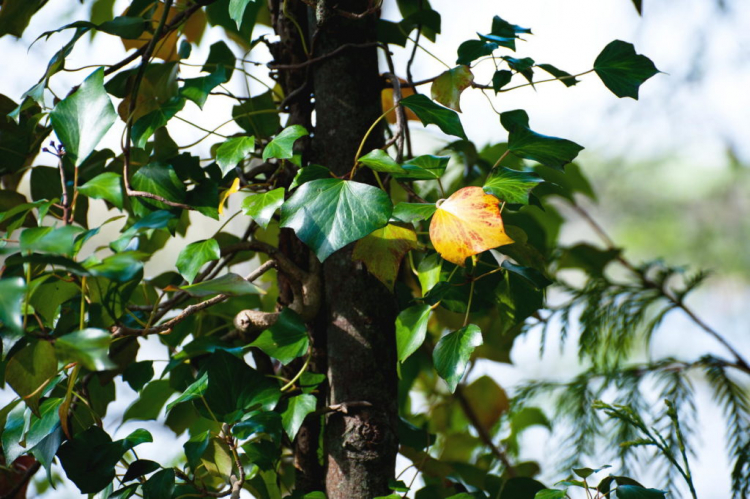
Avoid and combat yellow leaves on ivy: waterlogging
Waterlogging is a common problem. Your horticultural skills are required here. In the garden, you should try to put a gravel bed or something similar in the soil under the ivy to drain the soil. If the excess water comes from the ivy growing in a deep place where the water collects, then you should try diverting the water or building a small wall around the ivy. Indoor plants should be watered less if they show signs of waterlogging, especially in winter. Here, too, you can put a pottery shard or a few pebbles into the bottom of the pot as drainage to prevent waterlogging. It also helps to add some sand to the soil to increase water permeability. As a direct aid in waterlogging, you should repot the plant immediately.
Avoid and control yellow leaves on ivy: drought
Drought poses a completely different problem. The only thing that helps here is watering the plant more often. In the case of planted specimens, you should investigate whether soil sealing could be a reason for the drought. In this case, it may be worth considering whether lawn paving stones or gravel may not be a good alternative to a tarred or concreted area.
Avoid and control yellow leaves on ivy: spider mites
Last but not least, the annoying topic of pests. Fortunately, the spider mites, which occur quite frequently in-room ivy, are easy to control. Prevention naturally plays a central role here. Since dry heating air is a favorable factor for spider mites, you should take remedial action here. Place a small bowl of water on the heater to increase the humidity in the room. It also helps not to place the plant directly above or next to the heater. If it is still too dry, you should spray the plant regularly with low-lime water.
Is your plant already infected? Then the first step is to remove all healthy plants from the area. As an immediate measure, it helps to rinse off the ivy in the shower. Many of the spider mites are disposed of immediately. However, since a few always stay seated, you should now specifically increase the humidity over two weeks so that the remaining spider mites die. To do this, use a transparent plastic bag that you put over the plant.
